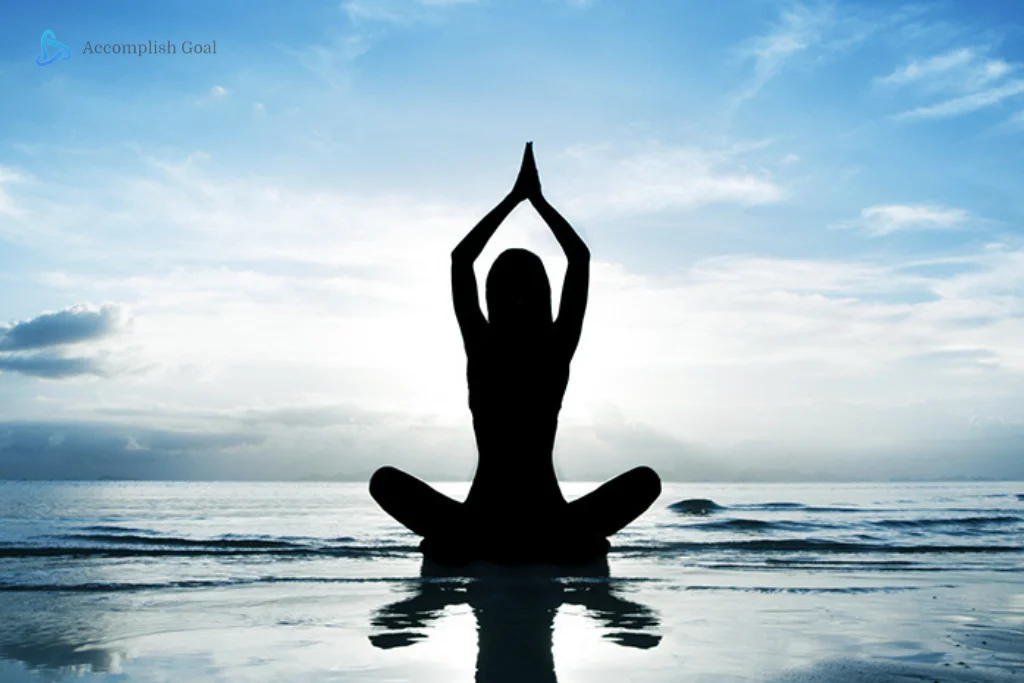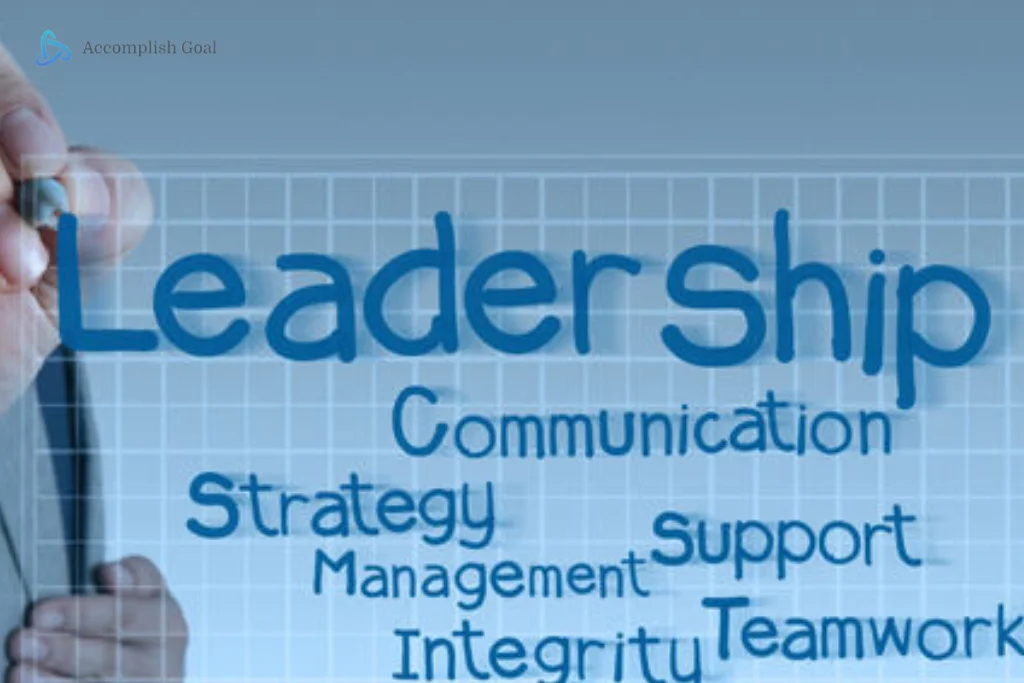Are you looking for ways to stay mindful and meditate in the midst of a hectic lifestyle? You’re not alone! Mindfulness and meditation have been linked to improved mental health, lower stress levels, and increased productivity. With some simple strategies, you can easily incorporate mindfulness and meditation into your life. In this blog post, we’ll be exploring 5 simple strategies to get you started.
Set a Daily Schedule for Meditation
Meditation can help us to reduce stress and cultivate mindfulness, but it’s difficult to make it a part of our daily lives if we don’t set aside time for it. Creating a daily schedule and planning out when you’ll meditate can help to ensure that you’re making time for this important practice. Set aside 10 to 15 minutes each day for meditation and make it a priority. If you’re just starting out, try setting a timer and focusing on your breath for that time. As you become more comfortable with the practice, you can experiment with different types of meditation and focus on different concepts such as gratitude or self-compassion. Scheduling meditation into your day can help you make mindfulness and meditation a part of your daily life.
Choose the Right Type of Meditation for You
Once you’ve established a daily schedule for meditation, it’s important to choose the right type of meditation for you. There are many types of meditation, and each one has its own set of benefits. For example, mindfulness meditation, which involves focusing on the present moment and your current thoughts and emotions, can help reduce stress and anxiety and enhance self-awareness and self-compassion. Similarly, loving-kindness meditation, which involves sending positive thoughts and feelings to yourself and others, can help promote feelings of happiness and well-being. By exploring different forms of meditation, you can determine which type works best for you and your lifestyle.
Create an Environment Conducive to Meditation
Creating a relaxed atmosphere conducive to meditation can be a great way to help you reduce stress and focus on the present moment. To do this, start by finding a quiet, comfortable spot in your home or office. Make sure to turn off any electronic devices that may be a distraction. You can also light a few candles or burn incense to create a soothing atmosphere. Once you have set up a space that is inviting and calming, sit comfortably and take a few deep breaths. Close your eyes and focus on your breathing, allowing yourself to relax and be present in the moment.
Make Mindfulness a Part of Your Daily Life
Mindfulness is the practice of being aware of your thoughts, feelings, and environment in the present moment. To make mindfulness part of your daily life, start by taking a few moments each day to just be mindful of what is happening around you. Notice the sights, sounds, and smells that are present in your environment. Focus on your breathing and observe the sensations in your body. When you notice your thoughts drifting away from the present moment, simply bring your attention back to the here and now. You can also practice mindfulness when you’re engaging in everyday activities such as brushing your teeth or taking a shower. By being mindful of the present moment, you can learn to be more mindful of yourself and others.
Learn to Respond Rather Than React to Stressful Situations
When faced with a stressful situation, it can be easy to let your emotions take over and fall into a pattern of automatic, reactive behavior. However, this can lead to negative consequences and further stress. Learning to respond rather than react to stressful situations is an important part of incorporating mindfulness and meditation into your life.
The first step is to recognize when you’re feeling overwhelmed or stressed. Taking a few moments to pause and take some deep breaths can help you gain clarity and perspective. Once you’ve taken this time to gain awareness, you can then focus on responding to the situation rather than reacting impulsively.
When responding, it’s important to take a non-judgmental and compassionate approach. This means focusing on the facts of the situation and being aware of your feelings and needs without attaching any negative labels or stories to them. Asking yourself questions such as “What is the best way to handle this?” or “What’s the most compassionate way to respond?” can help you stay grounded and focused on what matters most.
By practicing mindfulness and taking the time to pause and respond thoughtfully to stressful situations, you can make better choices and find more effective ways to manage your emotions. This can lead to improved relationships and overall productivity in your life.
Practice Self-Compassion
We all have moments of self-doubt, insecurity and failure in our lives. It is important to be kind and forgiving to ourselves when these moments happen. Practicing self-compassion can help us to move past these feelings and move forward with our lives. Self-compassion is the practice of recognizing our own suffering and offering ourselves kindness and understanding. It is a way to acknowledge our mistakes without berating ourselves. It allows us to accept our imperfections and celebrate our successes.
When we are feeling stressed or overwhelmed, self-compassion can help to reduce these negative feelings. Acknowledging our emotions and understanding that our thoughts and feelings are valid can help us to feel more in control of our lives. It can also help us to let go of negative self-talk and to recognize our strengths and weaknesses.
Incorporating self-compassion into our daily lives is a great way to reduce stress and increase our overall wellbeing. We can start by acknowledging and accepting our emotions, practicing gratitude and recognizing our successes. We can also take time for self-care and set aside time for reflection. By taking these simple steps, we can begin to develop a practice of self-compassion that will help us to be kinder to ourselves and to recognize our own worth.
Start a Gratitude Practice
Gratitude practice is an incredibly powerful tool for managing stress and cultivating mindfulness. Taking the time to appreciate and give thanks for the good things in your life can help you to shift your focus away from negative thoughts and emotions. In addition to being a great way to cultivate positivity and peace of mind, research suggests that gratitude practice can also help improve physical health, increase feelings of joy and satisfaction, and help build stronger relationships. To start a gratitude practice, try setting aside a few minutes each day to write down a few things you’re grateful for. You can also try expressing gratitude to yourself or to a loved one. As you become more comfortable with the practice, you can add more moments of gratitude throughout your day. By incorporating a gratitude practice into your daily routine, you can begin to cultivate a deeper level of mindfulness and appreciation.
Set Aside Time for Reflection
Setting aside time for reflection is an important part of incorporating mindfulness and meditation into your life. Taking some time to step back and reflect on the events of the day can be incredibly powerful and can help you to gain clarity and insight. Reflection can help you to identify patterns and see the underlying causes of your emotions and reactions. Taking the time to do this can help you to manage your stress levels, your relationships, and your overall wellbeing. Reflection can also help you to identify areas of growth and potential opportunities for improvement in your life. So set aside some time each day or week to take a few moments to pause and take some time for yourself to reflect on the events of the day.
Acknowledge and Accept Your Emotions
Acknowledge and accept your emotions is an important part of mindfulness and meditation. It’s easy to become overwhelmed by difficult emotions, but mindfulness can help you to recognize and accept them in order to move forward. It’s important to recognize th



